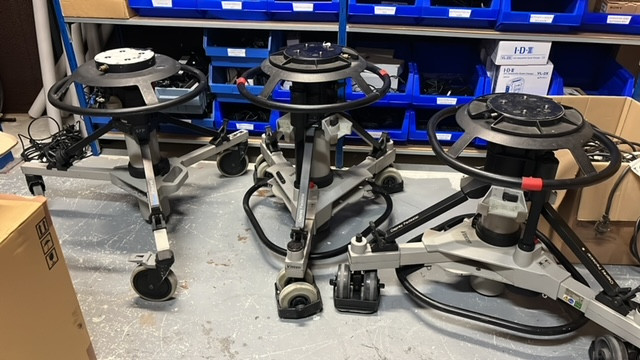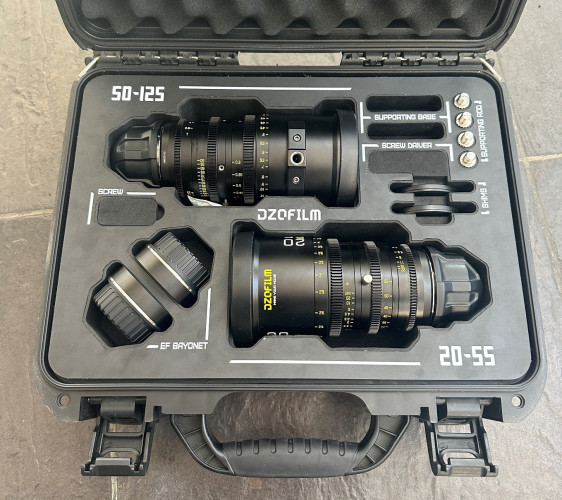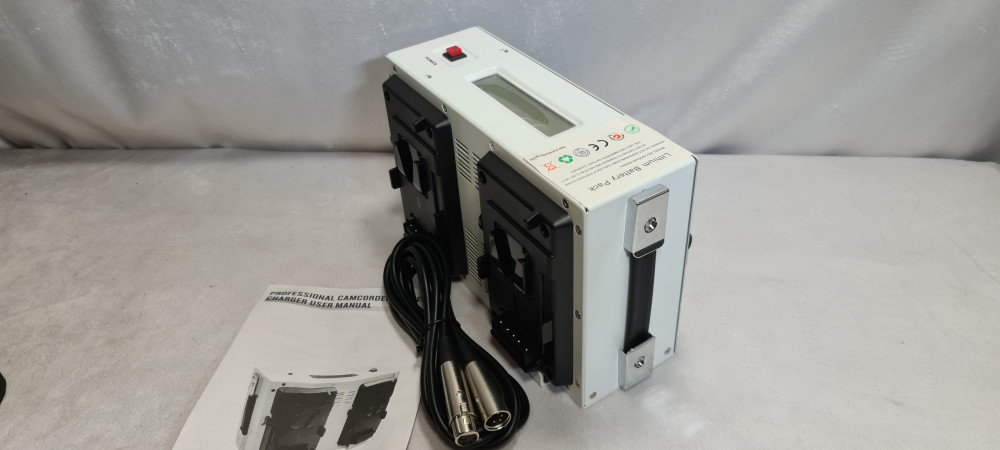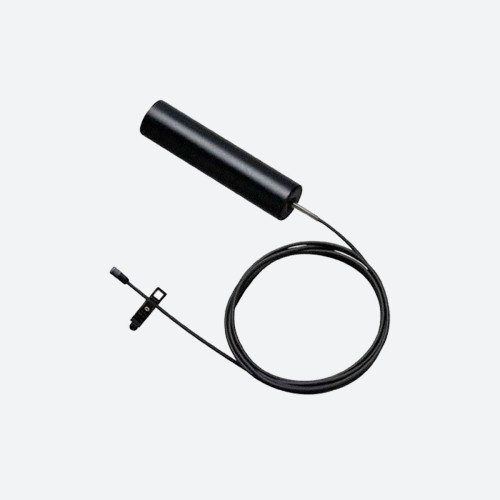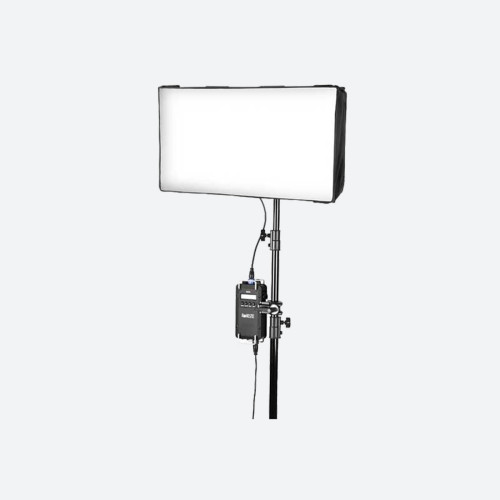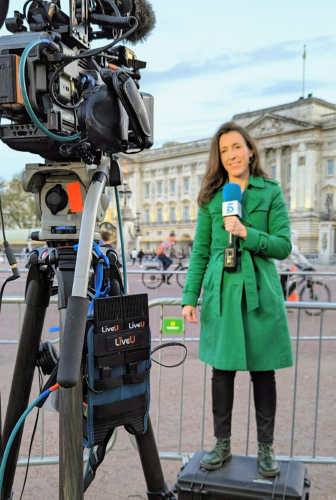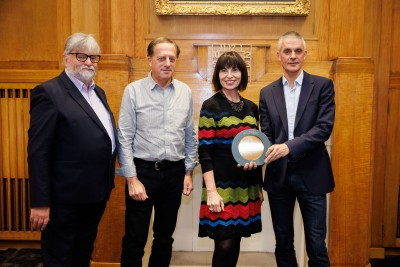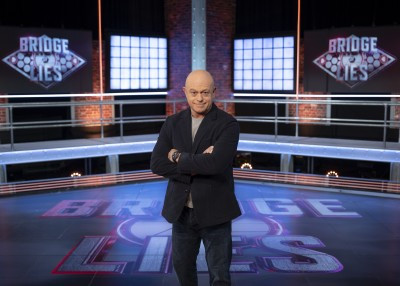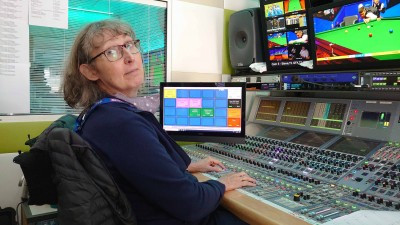Getting rid of the horn

Author: Bob Pank#
Published 1st August 2010
I have to start this column with a statement that may, to some readers, be profoundly shocking.
I am not much of a football fan. Indeed, writing this in the immediate aftermath of that dismal Sunday when England’s “finest” succumbed pathetically to the might of the German machine, I have to say I did not watch a moment of the match. There was some great cricket on Sky HD that afternoon.
But even I could not fail to be aware that, at this year’s World Cup, there was pressure as never before to bring technology into football, to bring a new fairness, balance and clarity to the game.
I refer, of course, to removing the impression that the games were being played inside a giant hornets’ nest. In short: I want to talk about the vuvuzela or, to be more precise, to propose its total annihilation.
The vuvuzela produces its distinctive and not very dulcet tone at a uniform B flat below middle C, in a square waveform producing the sorts of multiple harmonics that only a lover of Fourier transforms could truly appreciate. En masse, in the ground, reports are that they can reach 130dB, which would be unpleasant if it was a jet engine at takeoff, but the vuvuzela takes this to a new level of ear-scraping agony.
If you Google “vuvuzela filter” you get 698,000 hits. Of one commercially available product, the American magazine Consumer Reports noted that it did not do anything except make the sound even louder. A German engineer offered a 45 minute mp3 download to eliminate the vuvuzela by being played out of phase with the television sound. This has been proven a failure, too.
In the US edition of Broadcast Engineering, my friend Mike Grotticelli wrote “another solution is simply hit the mute button and watch the games in silence”.
In the interests of science, I took a look at the problem. The first waveform is an audio clip from BBC iPlayer (keen football fans will, of course, instantly identify it as Denmark v Japan). The problem is clear: the constant, unwavering block of sound running through the clip, the buzz of the beloved vuvuzela.
Using a bit of post production magic I fine tuned the ambient noise filter in Apple Soundtrack Pro to just remove the sound of the vuvuzela. As you can see in the second waveform this was completely successful: with the sort of technology which runs on my word processor you can eliminate the noise completely. Unfortunately, it leaves the commentator sounding as if he was talking on a dodgy cellular telephone from a helium bubble. Maybe he was holding his iPhone in his left hand.
The solution seems to me to be simplicity itself. Why go to all the trouble of having crowd effects microphones at the football – or any other sporting event – at all? They take time to rig, you have to balance them, and they may pick up stuff you do not want, from the charming lilt of the vuvuzela to the not infrequent occasions when stump microphones pick up bowlers or keepers being less than complimentary about the fielding capabilities of their team-mates.
It is a very badly kept secret that the BBC does not bother running microphones around four and a half miles of Liverpool suburbs when it covers the Grand National. It plays in a backing track which an operator on site times to the action of the horses (although an ex-BBC friend of mine does a very convincing Grand National with a pair of coconut shells and a dodgy Peter O’Sullevan impression).
This idea – get a library of appropriate noises and play them in as required – seems like halfway to being the perfect solution. Only halfway, because that would be labour intensive. Operators will need to cue up the right audio loops (“clear shot over the bar – quick, roll ‘you’re rubbish and you know it’”) and this could lead to embarrassing mistakes: imagine seeing the England football team at the anthems and hearing God Save the Queen sung clearly.
What we need is some software that can track the action, analyse it intelligently, and add the appropriate audio. Multi-threaded processes will build up rich sound tapestries. Subtle use of stereo or surround sound will place rival fans in the right parts of the ground.
The result will be clean and add to the atmosphere in a controlled manner. Sound engineers will no longer need to pull twin and screen out of the mud of Elland Road or Turf Moor of a cold February evening.
I feel sure that some bright young software engineers will have a product ready for beta test by IBC. Remember you read about it here first and, for ensuring that we never have to hear a vuvuzela again, feel free to shake me by the hand and escort me to the nearest bar.



